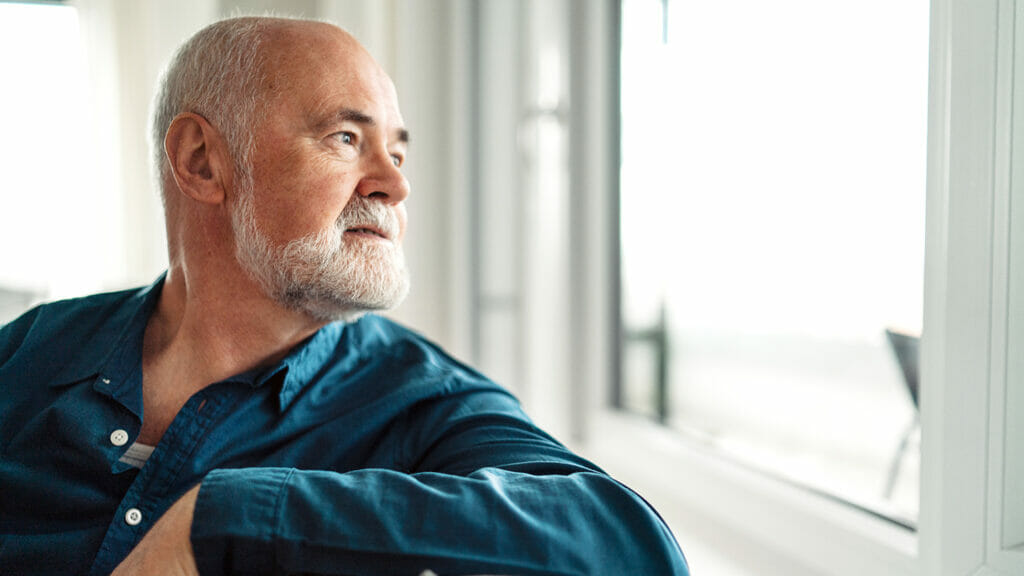
The senior living industry is holding the assisted living model up as a solution to strengthening social connections for older adults in the wake of the US Surgeon General’s advisory on the public health crisis of loneliness.
“As the American population continues to age rapidly, policymakers must look to models of care that focus on the social determinants of health, including high levels of social interaction,” Argentum Senior Vice President of Public Affairs Maggie Elehwany said. “Assisted living is a home- and community-based shared care model that has the lowest incidence of loneliness of any form of long-term care, offering improved quality of life and better health outcomes for the more than 1 million older Amercians that call these communities home.”
Previous industry efforts also have touted the socialization-related benefits of senior living.
A summer 2022 report from the American Seniors Housing Association and ATI Advisory found that senior living communities improved quality of life during the pandemic through cohesive social environments and encouragement of residents to participate in social activities. Residents, the study found, were more likely to have greater social, physical and intellectual wellness than their counterparts living in the greater community.
The desire for socialization among older adults also helped the senior living industry work toward overcoming decreased occupancy last year. Occupancy in continuing care retirement communities — as well as in assisted living and independent living communities — began inching up last summer as older adults sold their homes to make a move to senior living for opportunities for friendship and socialization, according to data from the National Investment Center for Seniors Housing & Care.
And in 2021, a survey from Activated Insights reported that just 20% of senior living residents reported feeling “severely lonely.” The survey revealed a potential decline in loneliness among older adults in assisted living and other congregate living settings from before the pandemic.
“By offering older adults a home where they can strengthen social connections, assisted living communities play an important role in reducing social isolation and supporting the overall health and well-being of their residents,” Elehwany said. “Assisted living can, and should, be part of the solution.”
Loneliness comes at a cost
Loneliness is a particular concern for older adults, Elehwany said, pointing to a University of California, San Francisco study that found older adults who described themselves as lonely were 50% more likely to have cognitive decline and were at a 45% greater risk of fatal injury and unexpected death.
A Harvard University / Stanford University / AARP study measuring the effects of social isolation on the healthcare system revealed that Medicare spent $134 more per month ($1,608 annually) for each socially isolated older adult than it did on those who had more social contacts. That report concluded that a lack of social contacts among older adults was associated with an additional $6.7 billion in annual federal spending.
The latest University of Michigan National Poll on Healthy Aging found that adults aged 50 to 80 years who lived alone reported higher rates of social isolation than those living with others. This finding, Elehwany said, is in line with a national survey of more than 130,000 assisted living residents that found that just 14.3% of residents were assessed as lonely, compared with more than 75% of skilled nursing home residents reporting that they were “very lonely.”
Loneliness as deadly as smoking
In a report released Tuesday, US Surgeon General Vivek Murthy, MD, said that widespread loneliness poses health risks as deadly as smoking a dozen cigarettes daily, costing the healthcare industry billions of dollars annually. And half of US adults said that they have experienced loneliness.
The advisory noted that the physical health consequences of poor connections include a 29% increased risk of heart disease, a 32% increased risk of stroke, a 50% increased risk of developing dementia for older adults, and a 60% increased risk of premature death.
Murthy called on society to make changes to boost the country’s connectedness.
“Given the profound consequences of loneliness and isolation, we have an opportunity, an obligation, to make the same investments in addressing social connection that we have made in addressing tobacco use, obesity and the addiction crisis,” Murthy wrote in a letter prefacing the advisory.




